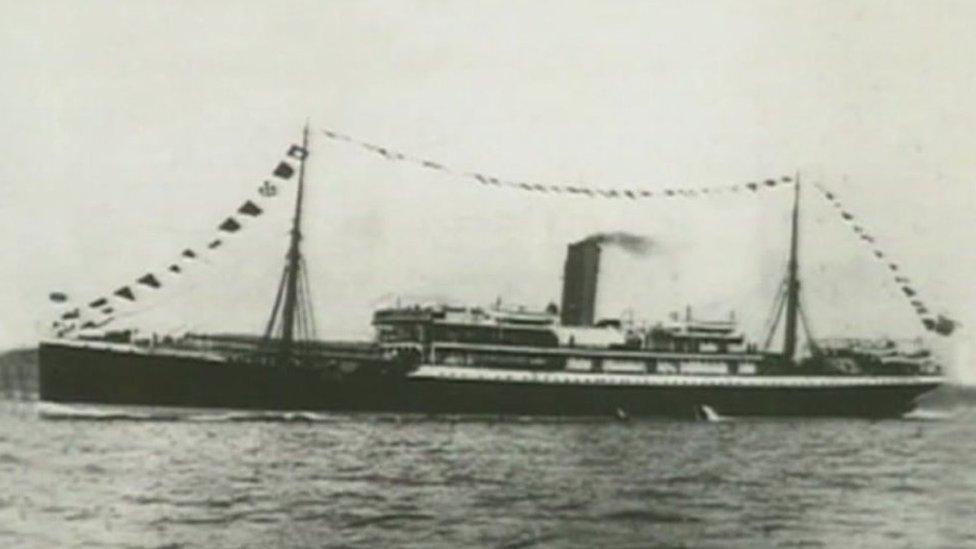SS Mendi: WW1 shipwreck's bell handed to Southampton museum
- Published
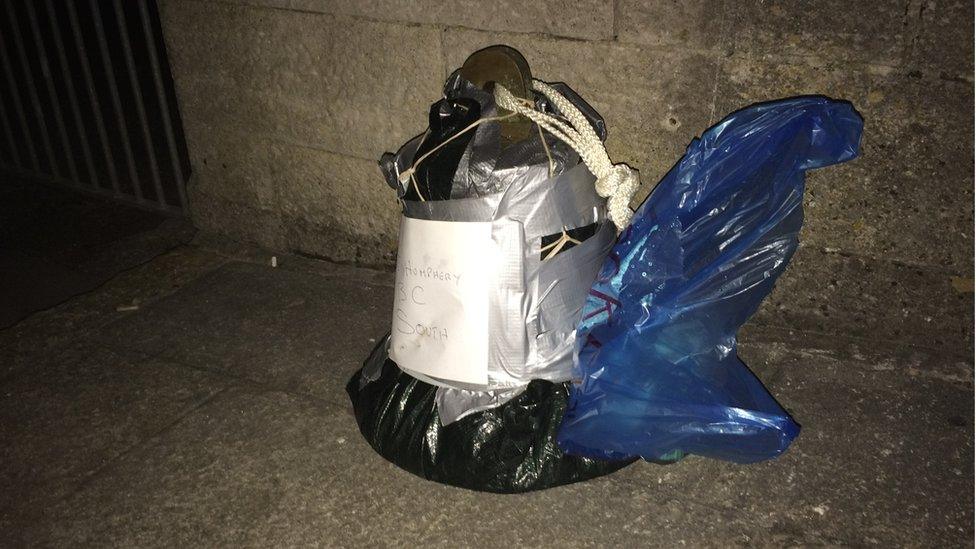
The bell was left at Swanage Pier in the early hours of Thursday
A relic of one of Britain's worst shipping disasters, anonymously given to a BBC reporter, is to be put on display while its future is decided.
The bell of the SS Mendi, which sank off the Isle of Wight in 1917, was left in Swanage on Thursday.
It is thought to have been stripped from the wreck by divers in the 1980s.
The sinking claimed the lives of more than 600 black South African labourers who were sailing to support British troops in the First World War.
Read more on this and other stories from across the south of England
BBC reporter Steve Humphrey found the bell in a plastic bag at Swanage Pier after the anonymous donor phoned him on Wednesday.
A note in the bag read: "If I handed it in myself it might not go to the rightful place.
"This needs to be sorted out before I pass away as it could get lost."
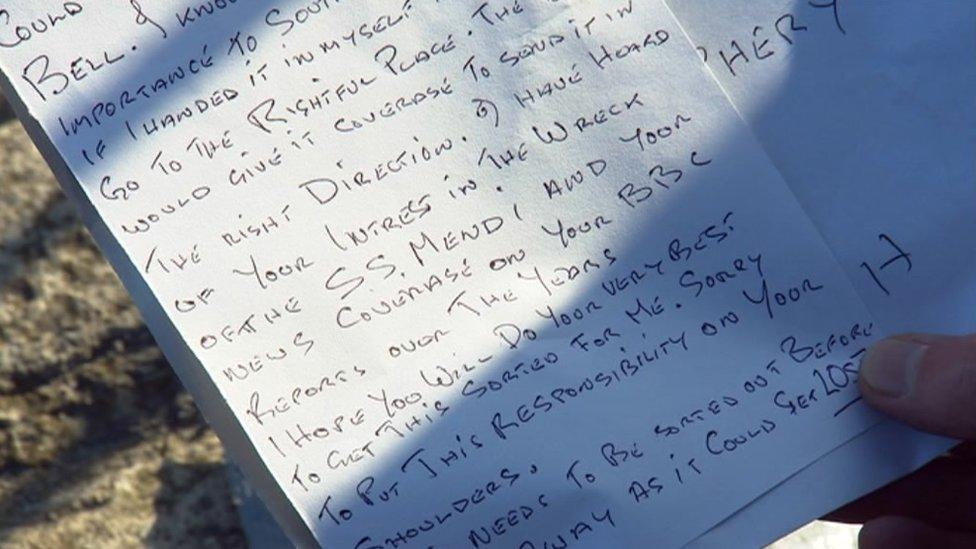
A note was left with the bell, entrusting it to a BBC reporter
Maritime archaeologist John Gribble, who has surveyed the ship, said the bell was probably genuine.
"The bell has never been reported found, but given the extent to which the site was stripped of non-ferrous metals in the past I'd be very surprised if the bell was still on the wreck," Mr Gribble said.
"The bell looks right. It's the right sort of size for a bell of that period."
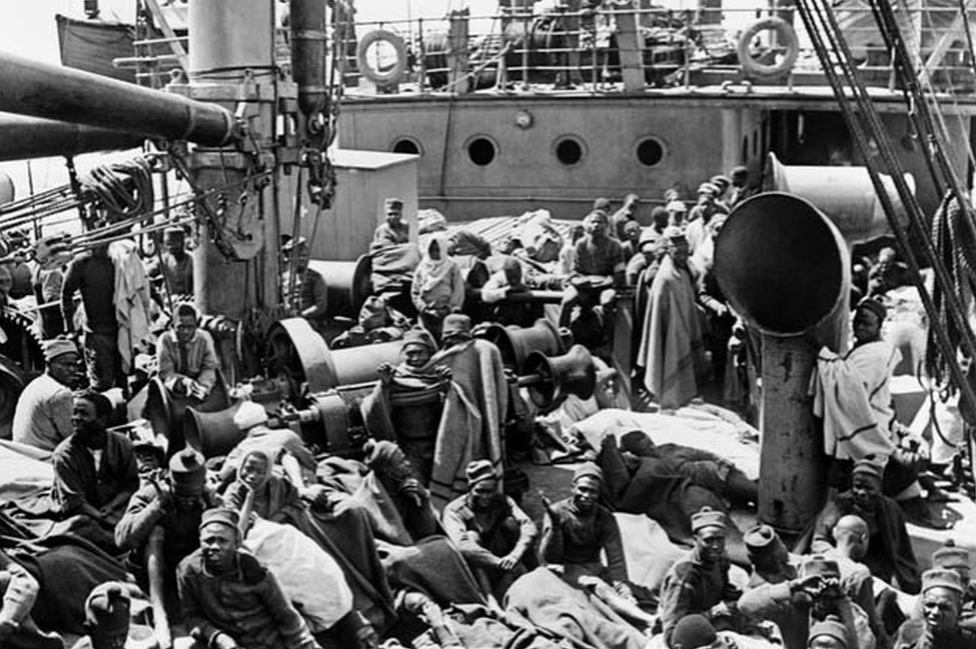
More than 800 members of the South African Native Labour Corps were on board the Mendi at the time of the disaster
The SS Mendi sank on 21 February 1917 when it was accidentally rammed in thick fog by the Royal Mail packet-boat SS Darro.
A government inquiry said the Darro failed to lower lifeboats, leaving 646 men to drown.
Most of the dead were members of the South African Native Labour Corps (SANLC), heading to France to carry out manual labour on the Western Front.
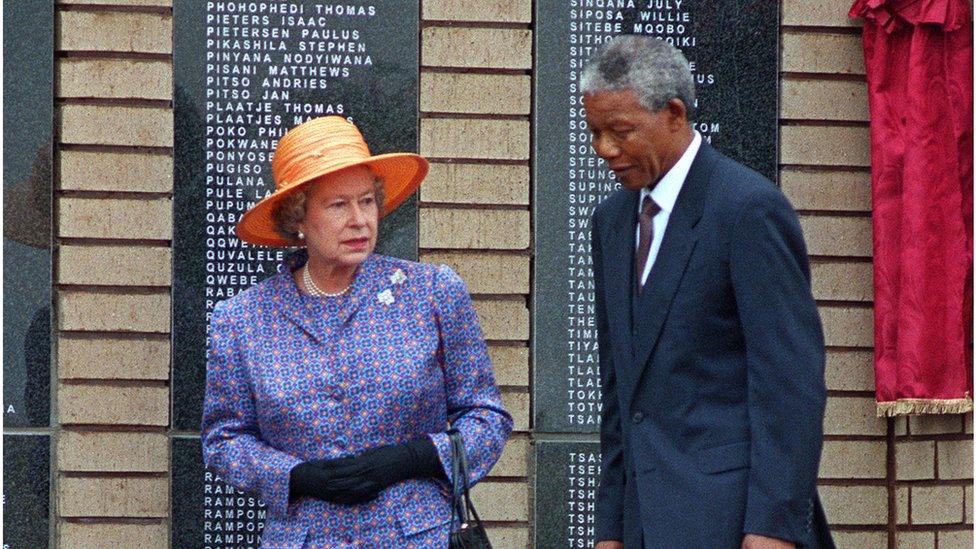
In 1995 the Queen and Nelson Mandela unveiled a memorial to the Mendi victims
The Darro's captain, who was blamed for the tragedy by the Board of Trade, was handed a one-year suspension of his master's certificate.
The story became a symbol of racial injustice in South Africa, where successive white-led governments discouraged annual Mendi Day commemorations.
In 1995, the Queen and Nelson Mandela unveiled a memorial to the Mendi victims in Soweto.

The bell has been moved to Southampton's SeaCity Museum
The bell has been moved to Southampton's museum service for safekeeping and will be put on display at the SeaCity Museum next week.
The official Receiver of Wreck said a decision about its permanent housing would be made in due course.
The South African government, which is attempting to recover Mendi artefacts, has been approached for comment.


The SS Mendi
17 February 1917 - SS Mendi sinks after a Royal Mail packet-boat, the SS Darro, ploughs into her at full speed in thick fog
1974 - Divers identify the wreck, 11 nautical miles (20km) south west of St Catherine's Point, Isle of Wight
1995 - Nelson Mandela and Queen Elizabeth II unveil the Mendi Memorial in Soweto
2003 - The Mendi Medal is introduced as South Africa's highest honour for bravery
2007-08 - Two surveys carried out by English Heritage
2009 - Ministry of Defence designates the wreck as a protected war grave, making it an offence to remove items

- Published15 June 2017
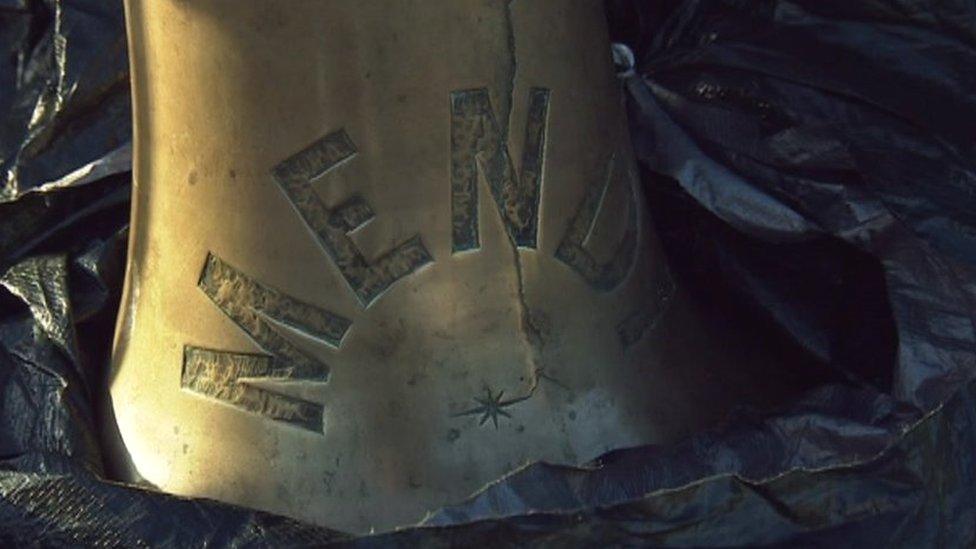
- Published21 February 2017
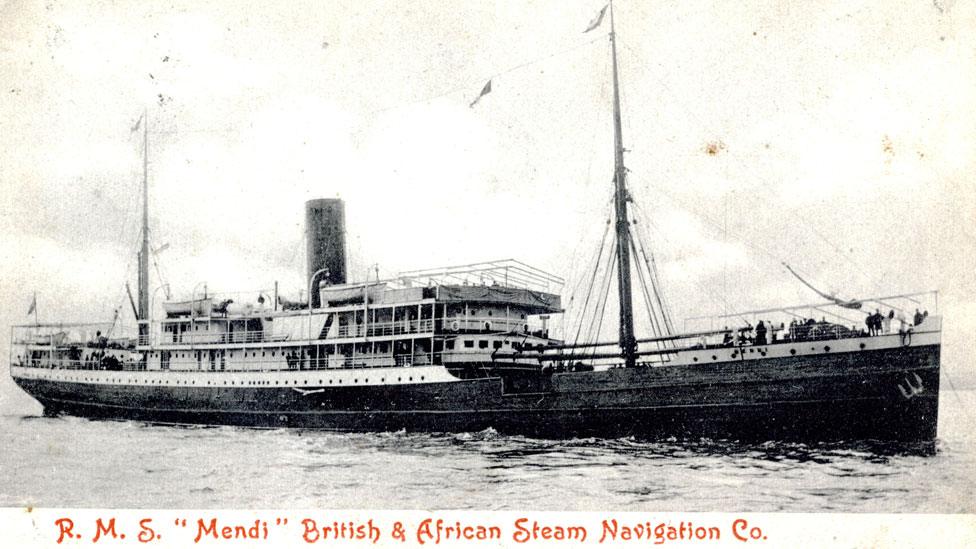
- Published20 February 2017
